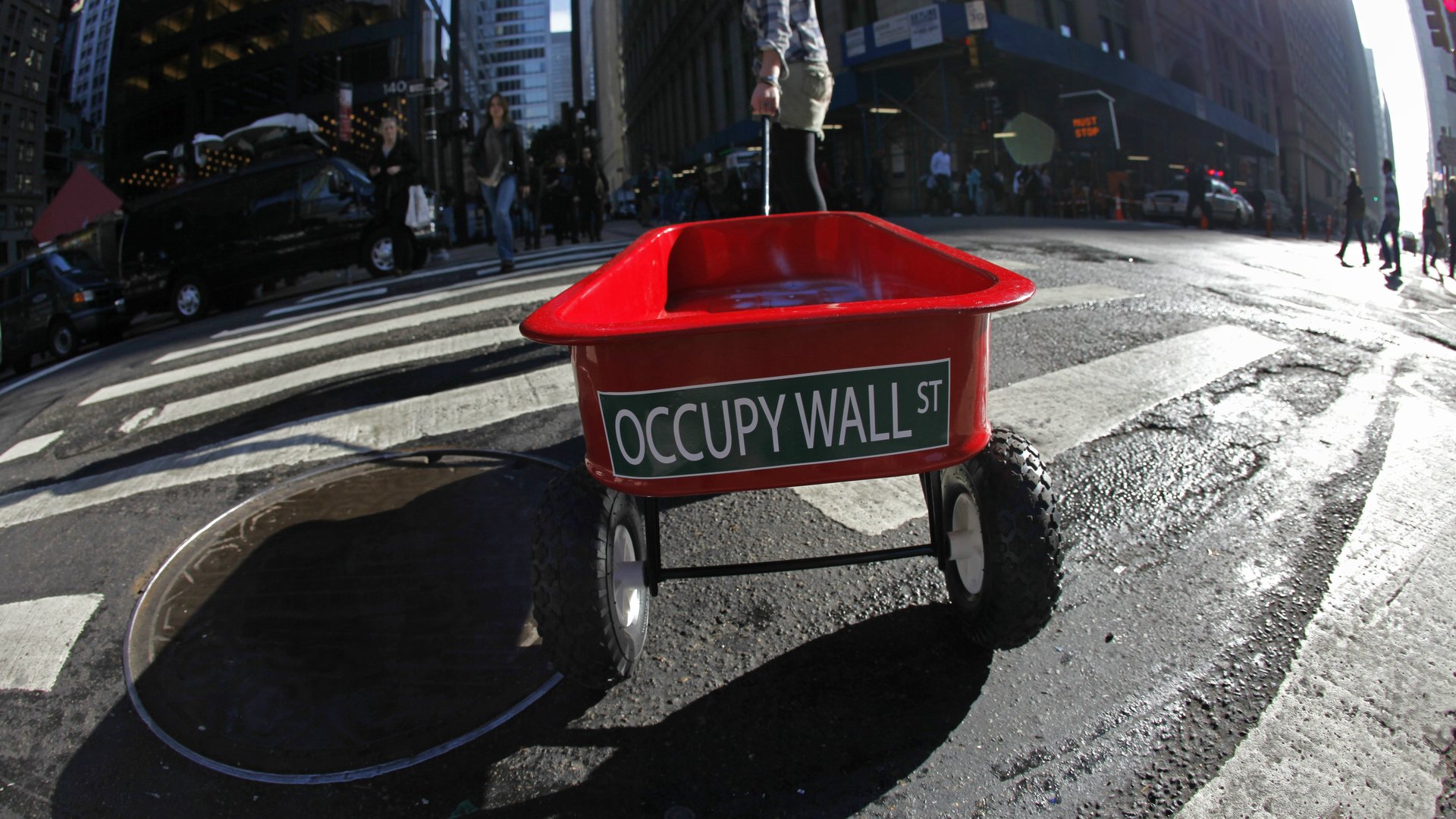Half of American households are still poorer than they were before the Great Recession
The financial crisis of 2008 devastated many US households, but in many ways the country seems to have recovered. Median household income is higher than before the crash, the unemployment rate is lower, and recently the job market has been particularly good for low-income workers (paywall).


The financial crisis of 2008 devastated many US households, but in many ways the country seems to have recovered. Median household income is higher than before the crash, the unemployment rate is lower, and recently the job market has been particularly good for low-income workers (paywall).
Yet all this good news belies a greater truth. When it comes to wealth, the poorest American households are much worse off than they were in 2007. In fact, they are no better, in terms of wealth, than they were in 1971.
In a recently released working paper published by the Federal Reserve Bank of Minneapolis, economists from the University of Bonn examined trends in American household wealth from the early 1970s to 2016 (the latest year data was available). They found that after taking a brief hit following the financial crisis, the richest 10% of Americans are doing better than ever before due to a booming stock market.
In contrast, the average household in the bottom 50% had about half as much wealth in 2016 as they did in 2007. Poorer households typically invest in homes and other physical assets, and put little to no money in stocks. As a result, they have not participated in the post-recession wealth recovery.